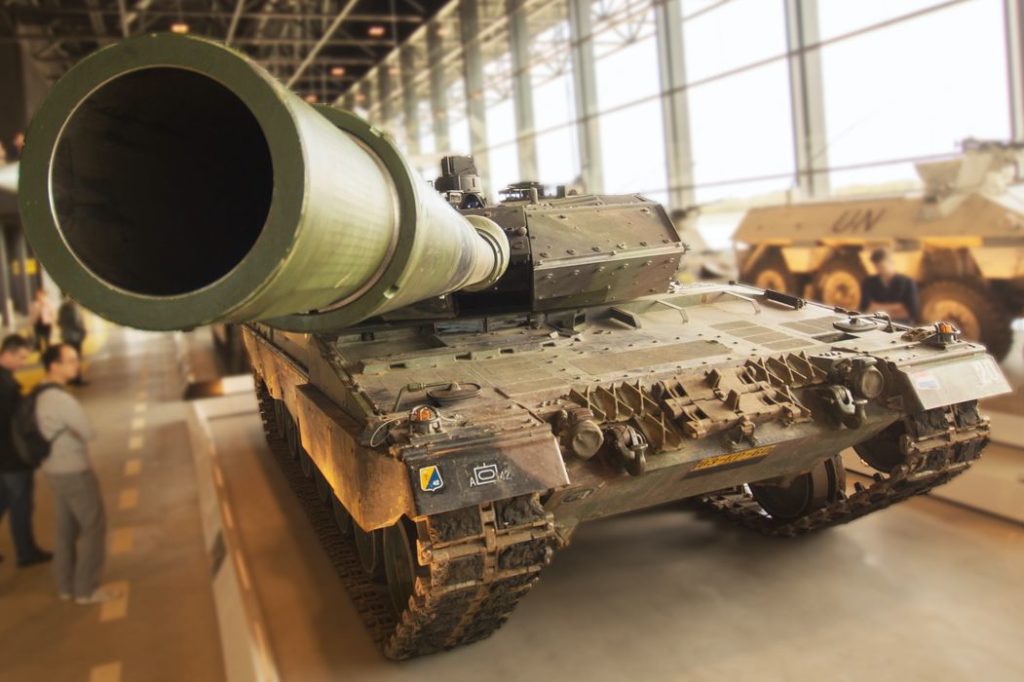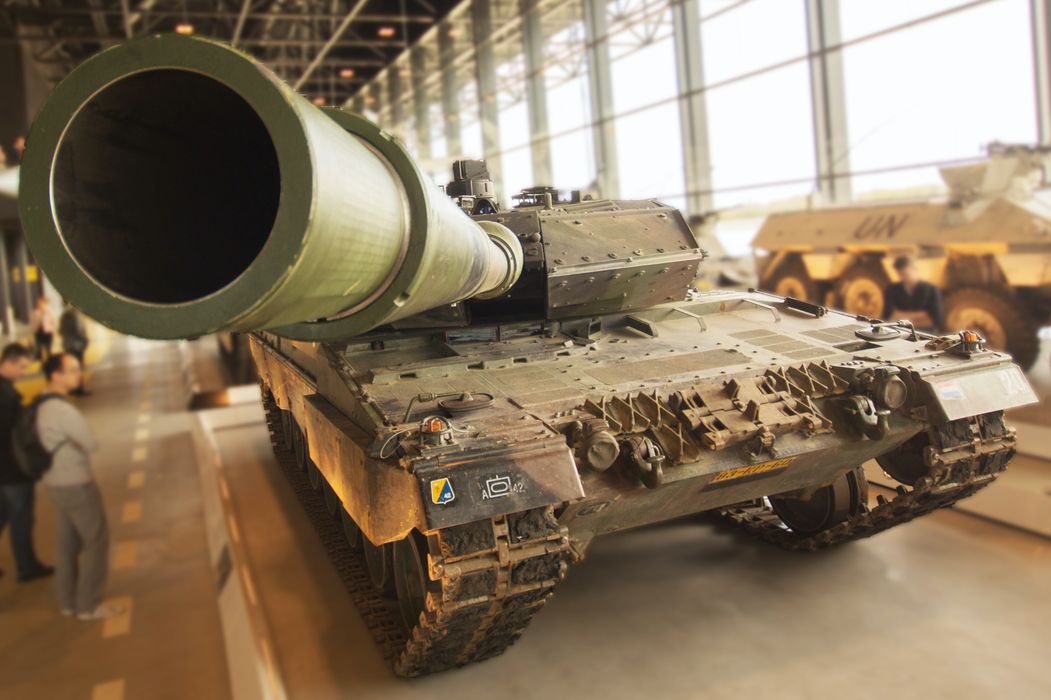
I’ve been wondering about the actual logistics of using 3D printing in military settings, and its a bit more gray than black and white.
While 3D printing technology is now widely used in industry, it’s also being used by militaries around the world. Normally, this usage is done in a manner similar to industry: prototype parts, manufacture them, etc.
However, the military presents an unusual use case: 3D print parts on demand as field replacements.
On the surface, this seems to make sense, because otherwise the military would have to requisition a spare part from a supplier, who presumably has them stocked away in a warehouse of parts somewhere. That process has been used for decades, and does work. However, in spite of modern rapid transport, it can still be slow to deliver the parts to where they are needed.
The military poses an additional problem: they can require parts immediately, as they could be in action, or near to being in action. Waiting weeks for a part might be less than optimal, or even fatal. That’s why the notion of 3D printing spares on demand has value.
But is it really possible to do? Can parts be reproduced “on site” and avoid lengthy delays? What does that even mean?
Would a 3D printer be placed at the front line, where parts could be swiftly moved to a broken piece of military equipment? That’s not really feasible for several reasons.
While military equipment is sometimes repaired in the field, often pieces are brought back to a repair depot where technicians, tools and parts are at the ready. That could be a decent location for a 3D printer that can produce the required spare parts.
But even that might not be optimal, as some metal 3D printing equipment requires highly controlled spaces to operate. The dangers of explosive fine metal particles have been handled in industry by sophisticated powder-handling systems, complex HVAC units, and thermally-controlled structures that would have to be replicated in field depots. They are expensive in industry, and would no doubt be even more expensive to do so in a field scenario.
There have been two ways around this dilemma that have been pursued recently.
One approach is to change the nature of the 3D printing process so that it doesn’t require as arduous an environment to work. One example of this could be SPEE3D’s supersonic metal 3D printing system, which doesn’t require quite as rigorous and environment to work. It simply becomes “another tool” in the repair depot, rather than taking it over as typical LPBF 3D printing systems might.
Another approach is to encapsulate the 3D printing environment for portability. There have been several experiments where printer, powder storage, post processing gear and control elements have been boxed up in a standard shipping container that could be air-dropped into required locations.
In reality, all of these options would have to be carefully considered opposite more conventional approaches for spare parts. Imagine, for example, that there is a part that frequently breaks and requires replacement. If that is known ahead of time, then it might be less expensive to simply produce the parts in a safe location, perhaps even from a normal industry supplier, and ship parts in advance to a field repair depot.
The question is, does the cost of setting up the mobile 3D printing operation exceed the cost of just making the parts in advance and storing them for immediate use?
Another dimension of this problem is that you can’t store ALL the parts. While some parts may be frequently replaced, others might be required only rarely and it might not make sense to produce them in advance.
This is the “long tail” scenario of spare parts. You can mass produce only the frequently used parts; while the rest have to be obtained through other means. That’s what many call a “digital inventory“.
That’s likely the most probable scenario for use of field 3D printing in a military setting: a library of part designs stands at the ready to be produced on demand. Such a configuration could certainly take days, weeks and expense off the cost of procuring rare parts from a distant manufacturer.
Back to the original question: could the military use 3D printers to produce spare parts on demand? Technically, yes, they could. But more practically the answer would be “it depends”. Logistics officers would have to examine the probable frequency of part failure, the cost to produce spares, the cost to ship and store spares, the cost to print spares, the time delay to print spares, the quality of the 3D printed parts and many other factors. These would be analyzed to identify the scenarios that might provide benefit if switched to on demand 3D printed parts.
Somewhere in each military there is very likely an analyst with a spreadsheet examining these very factors.
One more thing: EVERY manufacturer should also have an analyst doing exactly the same thing for their spare parts.

